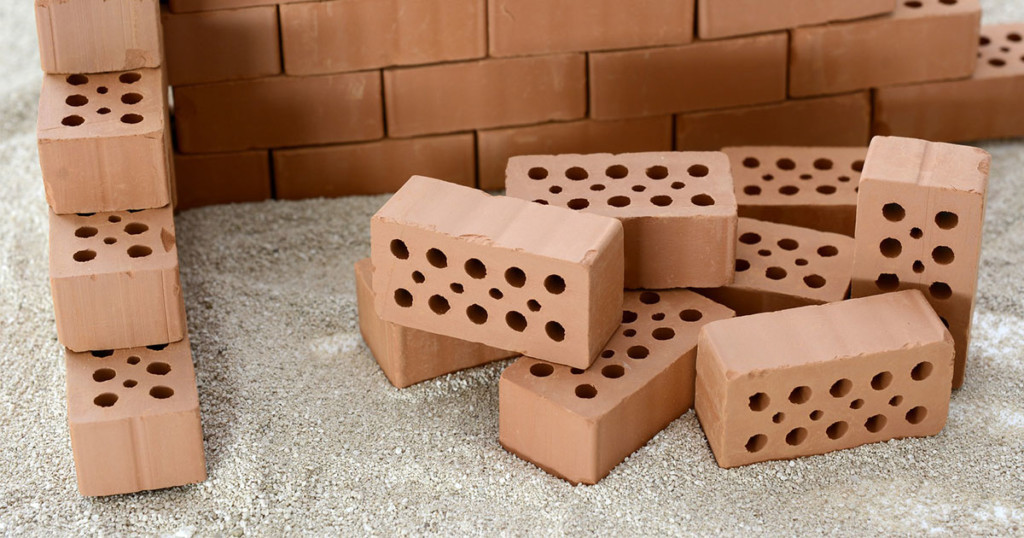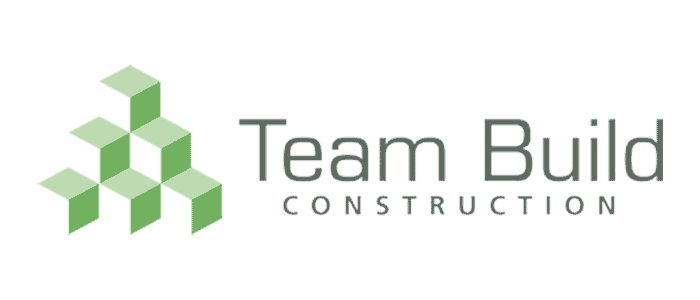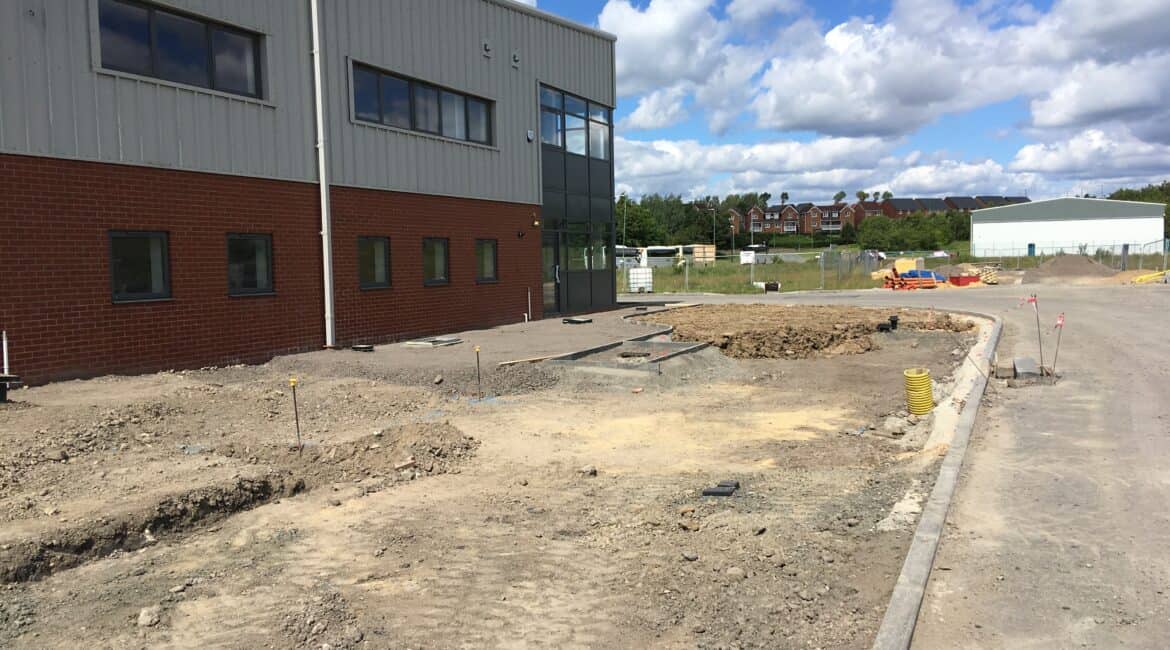
When you’re buying or building a new home, you https://www.paullowedentistry.co.uk/cheap-levitra/ would normally expect them to be built with brick, concrete or stone and have a roof that uses slate, tiles, metal or concrete, all of which fall within what’s known as standard construction.
If you buy or build a home that doesn’t use these materials, it’s considered non-standard. While this isn’t necessarily a problem, it can be. There could, for example, be issues around the build itself or your ability to get a mortgage or buildings insurance.
Non-Standard Construction Materials
For existing buildings, you should be able to find out fairly easily the materials used in the property’s construction. Some of these, such as stucco, you’ll be able to see as soon as you see the building. Others, such as wattle and daub, which is found in older buildings, you’ll need to investigate, and a professional construction company should be able to help point you in the right direction.
It can become more difficult to know what non-standard construction materials are used the older the building is; if you aren’t sure, it’s a good idea to retain the services of a surveyor, who can work out what materials may have been used.

Problems With Non-Standard Construction
If you’re looking to build your own home with non-standard materials, you could face problems:
- Raising finance: Whether this is a loan or a mortgage, you’ll need to find a lender that specialises in self-build mortgages and is willing to work with a borrower who wants to use non-standard materials. Thankfully, there are more of these than there once were. However, depending on the types of materials you want to use, and the risks lenders attach to these, it could result in your needing to pay more in warranties or insurance.
- Not having the right warranties: Many people building their own homes don’t think they need to take out a structural warranty because their architect’s certificate covers them. This certification only lasts for six years and only guarantees that building materials meet minimum standards. Structural warranties last ten years, offer a higher level of protection and could make it easier for you to sell on your house.
- Getting insurance: Before you move in (at which point you’ll need building and contents insurance), you’ll need to have site insurance which will cover the plot until your build is finished. It’s fairly easy to get site insurance. However, it can be more expensive if you use non-standard building materials, anywhere up to 50% more. Remember, too, if you are taking out a mortgage to finance your build, your lender will require this insurance to be comprehensive before releasing any funds.
Building insurance may also be more expensive as insurance companies will likely consider certain materials to be higher risk or require specialist work to repair any damage done. This will apply whether you are self-building or buying an existing property. Other problems you might face whether you have purchased an existing property or have built your own home include getting a mortgage and selling on.
Getting A Mortgage With Non-Standard Construction
Today, there are a number of mainstream lenders as well as specialists that will offer you a mortgage on a non-standard construction. This will be whether you plan on building your home yourself or are buying a pre-existing house.
Which lenders are willing to work with you will depend on a number of issues including the type of non-standard construction. Is it a flat above a shop, for example, or a listed building made with traditional building materials such as wattle and daub? Other aspects include what type of roof it has (e.g. thatch, shingle or eco-friendly) and what materials are used, including metal, concrete, glass or wood.
Each lender will have specific criteria which they lend against. Find out what this is before you apply for a mortgage and be prepared to need a higher earnings to loan ratio or pay a higher interest rate in order to be eligible. If you are building your own home, get your mortgage in place before beginning work. Remember, if you struggle to get a mortgage, anyone you plan on selling your property to in the future might struggle as well. If this is your ‘forever home’, that might not be an issue. If you see yourself moving on in a few years, however, do as much as you can to make it easier for any potential buyer, taking out a structural warranty, for example, and holding onto any guarantees or certifications relating to materials and the work you’ve had done.

